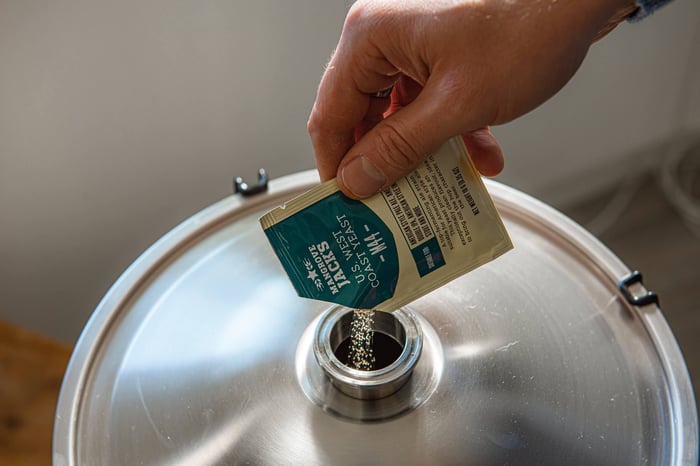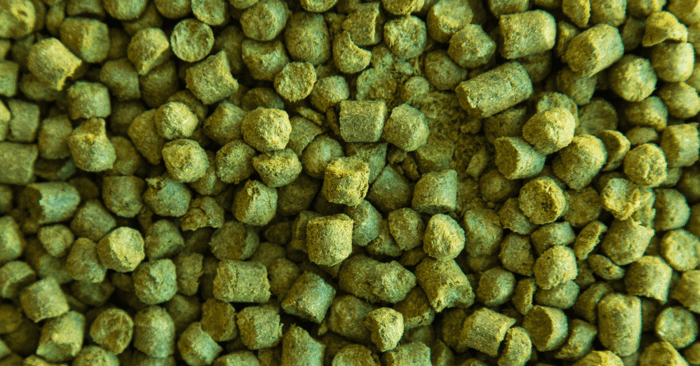Ever wondered why some IPAs pack that incredible punch of hop aroma that makes you want to dive headfirst into the glass? The secret isn't just in the hops you choose—it's in when and how you use them. Let's talk about hop stands, a technique that's been revolutionizing American craft brewing for years.
The Hop Stand Revolution Started Here
Picture this: It's 2008, and one of our team members is sitting in a Wellington pub, sipping an Epic Armageddon. The hop flavor was so intense, so perfectly balanced, that it changed everything. That night sparked a conversation with Luke Nicholas from Epic Brewing, who'd learned his craft from American brewing legends. Luke shared something that flipped traditional brewing on its head—the American approach to hop stands.
Here's the game-changer: instead of calculating your IBUs first and working backward, you start with flavor. How much hop character do you actually want in your beer? For most homebrewers, we're talking anywhere from 2-10 grams per liter, with 5 g/L being a sweet spot for session beers.
Breaking Down the Science (Without the Lab Coat)
Let's get nerdy for a minute, but in a fun way. Alpha acids keep doing their thing even after you kill the flame, continuing to isomerize until your wort drops to about 176°F. The closer you stay to that boiling point, the more extraction you're getting.
Now, here's where it gets tricky—calculating IBUs for hop stands is part art, part science. Professional breweries with their massive 60-barrel whirlpools behave differently than your 5-gallon setup at home. From our experience across batches ranging from 5 gallons to 10 barrels, a 3-5% utilization rate for whirlpool hops hits the sweet spot.
Hop Stand Utilization Guidelines:
- 185-200°F: 5% utilization
- 170-185°F: 4% utilization
- 160-170°F: 3% utilization
- Below 160°F: 2% utilization
Why Hop Stands Work So Well
Think of hop essential oils like that perfect barbecue—low and slow beats high and fast every time. At full boiling temperatures, those precious essential oils are hitting their flashpoints and basically evaporating into thin air. It's like spending $15 on Citra hops only to watch the good stuff disappear in steam.
A hop stand removes that vigorous boil for your late-addition hops. You're lowering the temperature, slowing down that vaporization, and giving those oils time to really soak into your wort. The exact science behind this "soaking in" process is still being figured out, but the results speak for themselves—more hop flavor and aroma in your finished beer.
Mastering Your Hop Stand Technique
Here's how the pros do it: after boiling, they create a whirlpool that naturally forms a cone of trub and hop material in the center. Whether they planned it or not, this gives their hops extended contact time with hot wort—and that's where the magic happens.
Your hop stand timing options:
- Quick blast (10-15 minutes): Great for delicate hop varieties
- Standard stand (20-30 minutes): Our go-to recommendation
- Extended contact (45-90 minutes): For maximum extraction
We usually stick with 30 minutes, giving the hops a good stir after 10 minutes to keep everything moving. Going longer can work, but watch out for DMS formation—nobody wants cooked corn flavors in their IPA.
Time to Transform Your Next Brew
Ready to take your hop game to the next level? Your taste buds (and anyone lucky enough to try your beer) will thank you. The difference between traditional hopping and a proper hop stand is like the difference between a grocery store tomato and one fresh from your garden—same ingredient, completely different experience.
Next time you're brewing, ditch those traditional 30, 15, 7, 5, and 1-minute additions. Load up your hops at flameout and give them the time they deserve to shine.
Check out our hop stand accessories at the Grainfather USA store
Grainfather Team










